Differentiating in A Highly Commoditised Space
Any company dealing in a highly commoditised product or service and that also ranks (by size) in the lower tiers of its industry sits in the very intersection of two distinct areas of market disadvantage.
You can’t easily compete on volume-based price with the larger players in your space. And without any significant opportunity for the differentiation of what you supply or deliver, you’re constantly hitting your organisational head against the proverbial ceiling.
When the competition offers exactly what you do and you’ve done everything you can – exactly how
do you differentiate?
Both Parties Pay the Price In A Low-Ball Competition
Before we get into differentiation strategies per se, let’s look at a commercial reality:
With few exceptions, those organisations that issue market calls with the objective of sparking cut-throat pricing for their own benefit, inevitably “pay the price” in some other form.
So let’s not spend a lot of time on short-sighted tender issuers who are just out to screw you . . . and
screw
you. That’s a recipe for two losers.
Let’s focus on those prospective client organisations who need to be shown:
1) The value of your offering (in both its broader and its narrower, more specific, sense).
2) How (specifically) it aligns more closely with their objectives than any of the competition’s likely propositions.
3) With your having demonstrated this critical alignment, why it would be a fool’s game for the client to select any of your competitors (i.e. this is precisely why you need to learn as much as you can about the competitive landscape, each known or likely competitor, and their known or likely proposition).
4) The tangible, qualified, quantified, risk-minimisation benefits of their being open to the greater (and true) definition of “value for money” in the specific context of their environment, their organisation, and the procurement in question.
In short, let’s give these tendering organisations a solid reason (or series, thereof) – other than cost – to choose you.
More Insights & Intel





